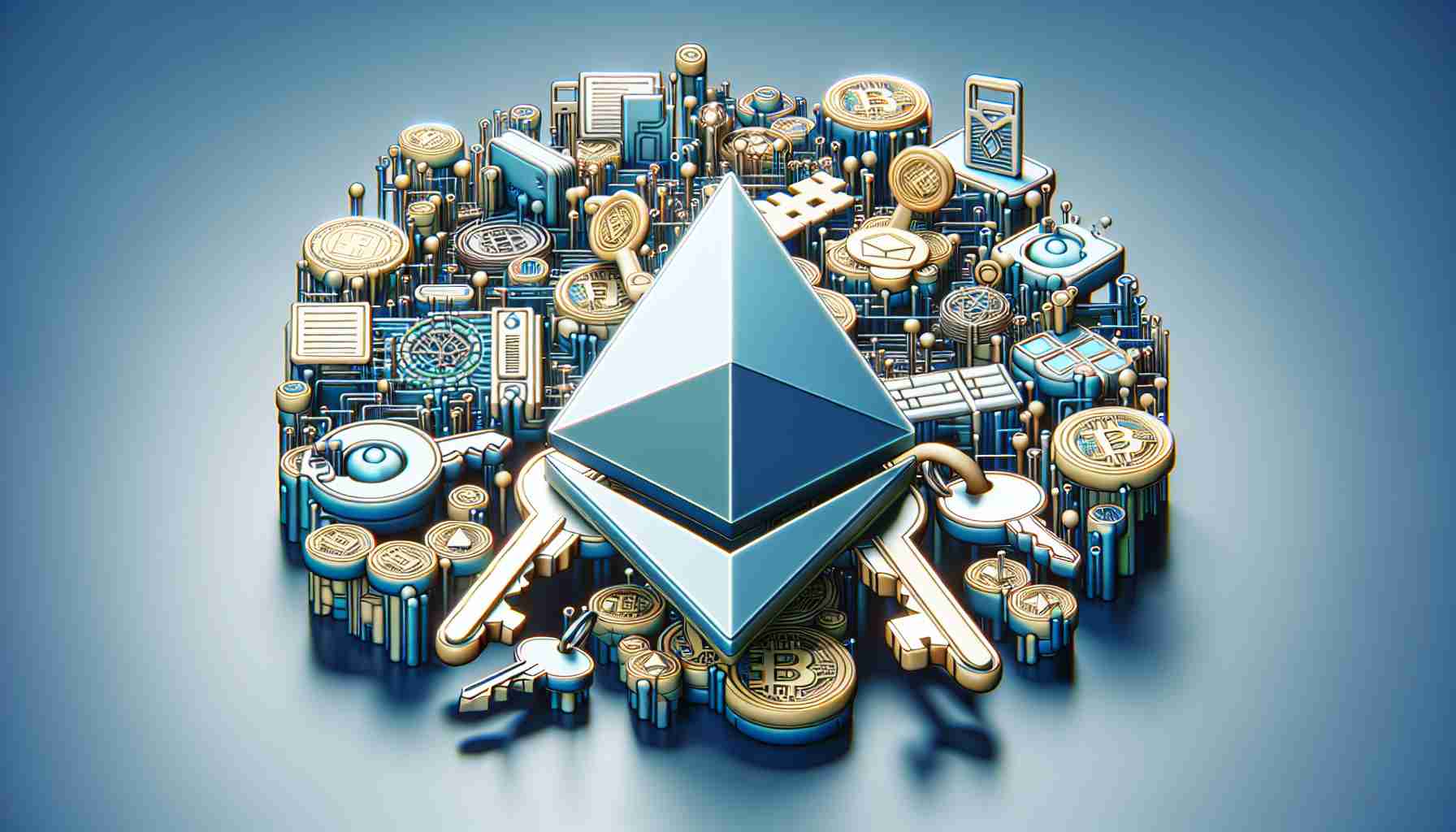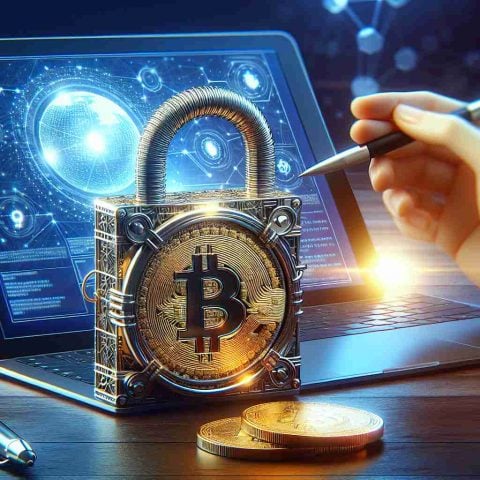The advent of blockchain technology has significantly transformed various sectors, notably the realms of art, music, and the digital landscape. Central to this revolution is Ethereum, a decentralized blockchain platform that has paved the way for non-fungible tokens (NFTs), altering how digital content is perceived and owned.
NFTs, or non-fungible tokens, are unique digital representations that verify ownership of original content, setting them apart from interchangeable cryptocurrencies like Bitcoin. While traditional forms of digital ownership only grant access to copies, NFTs provide a means to authenticate originality, creating distinct value for everything from artwork to music. Artists and content creators now have direct avenues to market their creations, bypassing traditional galleries and distributors, which often siphon off significant portions of sales.
Ethereum’s smart contracts are key to this transformation, enabling automated transactions without intermediaries. When conditions are met, such as the transfer of funds, ownership automatically shifts, ensuring that creators benefit at every resale. This mechanism also allows artists to receive royalties from future transactions, a formidable improvement over past earnings models in the art world.
Moreover, the music industry has also embraced NFTs, enabling musicians to sell unique items such as albums and concert tickets directly to fans, ensuring they retain more profits and intellectual rights. Through Ethereum, artists can reclaim control over their work, fostering a new era of creative ownership in the digital space.
Maximizing Your Journey in the NFT Space
As the world of blockchain and NFTs continues to evolve, it opens up exciting new opportunities for artists, musicians, and digital creators alike. Here are some essential tips, life hacks, and interesting facts to help you navigate this innovative landscape.
1. Understand Your Audience
Before diving into the creation and sale of NFTs, take time to understand who your audience is. Knowing what they value and how they interact with digital assets can inform your approach to creating content that resonates with them.
2. Leverage Social Media
Promoting your NFT art or music on social media platforms can drastically increase your visibility. Consider utilizing platforms like Twitter, Instagram, and TikTok to showcase previews of your work and engage with potential buyers. Use relevant hashtags and participate in community conversations to expand your reach.
3. Choose the Right Marketplace
Not all NFT marketplaces are created equal. Research various platforms such as OpenSea, Rarible, or Foundation to find the one that best fits your needs. Each platform has unique features, fees, and audiences, so select one that aligns with your objectives.
4. Prioritize Quality Over Quantity
When creating NFTs, focus on the quality of your work. A few high-quality pieces can yield better results than numerous mediocre ones. Take the time to craft your digital art and ensure it stands out in a crowded marketplace.
5. Network with Other Creators
Connecting with fellow artists and musicians can provide valuable insights and collaborations. Join Discord groups, forums, or communities focused on NFTs to share experiences, gain feedback, and explore new opportunities.
Interesting Fact: Did you know that the first NFT was created back in 2014? A project called “Colored Coins” attempted to use Bitcoin’s blockchain to represent real-world assets digitally, laying the groundwork for the NFT movement.
6. Educate Yourself
The NFT space is constantly evolving. Stay updated on market trends, emerging technologies, and best practices. Consider taking online courses, watching webinars, or reading articles from experts in the field. Resources like CoinDesk provide valuable insights into the latest in blockchain and NFTs.
7. Protect Your Work
As a digital creator, protecting your intellectual property is crucial. NFT technology inherently verifies ownership, but you should also consider using additional measures like watermarks or digital rights management to safeguard your creations.
8. Embrace Sustainability
With growing concerns about the environmental impact of blockchain technology, it’s essential to engage in eco-friendly practices. Some platforms, like Tezos and Flow, employ more energy-efficient consensus mechanisms. Seek out marketplaces that prioritize sustainability to align your values with your work.
Final Thoughts:
Venturing into the NFT space can be a rewarding experience, offering artists and creatives unparalleled opportunities for monetization and community building. By following these tips and staying informed, you can maximize your success in this exciting new frontier.
Remember to keep experimenting and learning as the NFT landscape continues to evolve. For more insights into the world of blockchain, check out Ethereum.
















